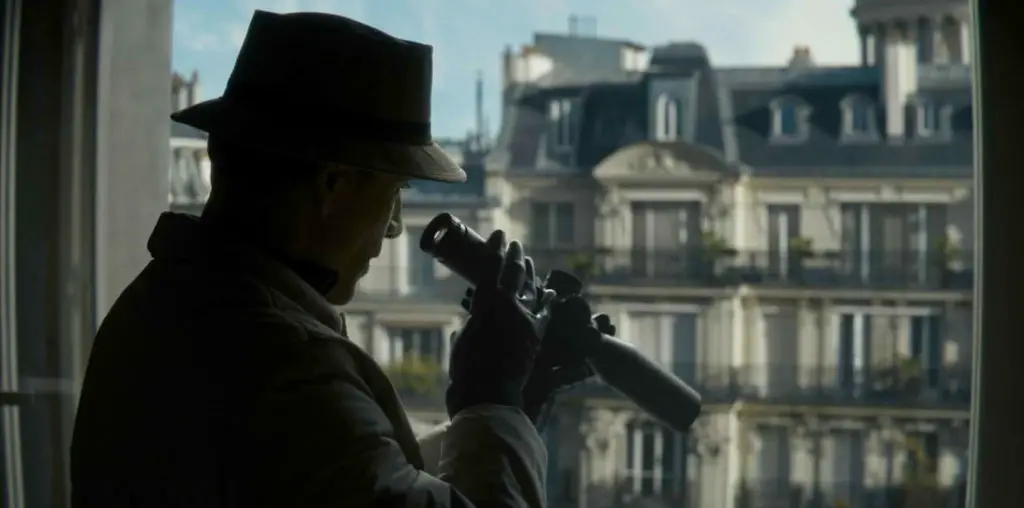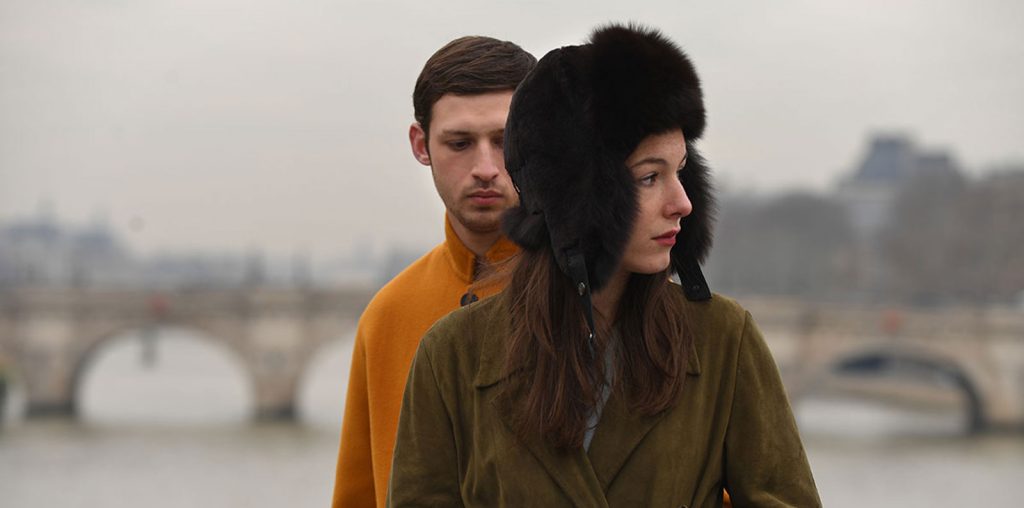
BOOTLEG FILES 498: “The Blue Angel” (1959 film starring May Britt and Curt Jurgens).
LAST SEEN: We cannot confirm the last public exhibition of this film.
AMERICAN HOME VIDEO: None.
REASON FOR BOOTLEG STATUS: It is not clear why this film is still unavailable.
CHANCES OF SEEING A COMMERCIAL DVD RELEASE: Nein.
In 1955, 20th Century Fox acquired the rights to the 1930 German film classic “The Blue Angel.” This was a fairly peculiar acquisition – “The Blue Angel” was celebrated as one of the classics of German cinema, and it was the vehicle that instantly propelled Marlene Dietrich to international superstardom. Duplicating the magic of the original production with a star of Dietrich’s caliber seemed like an impossible task.
At first, 20th Century Fox positioned its remake of “The Blue Angel” as a vehicle for its reigning superstar, Marilyn Monroe. But Monroe was not comfortable in taking on Dietrich’s iconic role of the showgirl Lola-Lola. While Monroe channeled Dietrich’s star power by posing as Lola-Lola in a 1958 photo shoot for Life Magazine, she wanted nothing to do with a big screen remake of “The Blue Angel.”
The studio then decided to realign “The Blue Angel” into an all-black production that would highlight the vibrant talent of Dorothy Dandridge, who made history with her Oscar-nominated performance in “Carmen Jones.” However, Dandridge’s relationship with the studio became frayed after her “Carmen Jones” triumph, and this spin on “The Blue Angel” went nowhere.
A few years passed before 20th Century Fox thought that it had the star to fill Dietrich’s shoes: Swedish actress May Britt, who was imported by the studio in 1958 to play opposite Marlon Brando and Dean Martin in “The Young Lions.” Britt was a model who had minor success in Italian films, and most Americans saw for the first time her in a small role within the all-star ensemble in the 1956 epic “War and Peace.” “The Blue Angel” was designed to elevate her to a higher level, and the studio went overboard in promoting her as the heir to Dietrich’s sultry star power.
Today, however, this version of “The Blue Angel” is remembered as being among the very worst remakes in movie history. And poor May Britt is remembered for her off-screen love life rather than her on-screen talent.
What went wrong? For starters, there was the slight problem that Britt had no talent as an actress. Indeed, at no point in any of her Hollywood films – “The Young Lions,” “The Hunters,” “The Blue Angel” and “Murder Inc.” – did she ever present any evidence that she was capable of slipping into a dramatic character and reciting dialogue in a believable manner. Yes, she was pretty, but there is a big difference between being a decorative accessory and being a full-fledged performer with the capacity of delivering a memorable performance.
Britt’s ineptitude was intensified by the casting of the German star Curt Jurgens as Professor Rath, the teacher who is brought to professional ruin by his infatuation with the showgirl Lola-Lola. As with Britt, Jurgens had the impossible task of trying to duplicate a classic performance – in his case, the great Emil Jannings, who created a masterwork of exuberant masochism in his role in the 1930 original film. Whereas the bulky Jannings had no trepidation presenting himself on-screen as the victim of degradation, the virile Jurgens was physically miscast as the fussy teacher who becomes instantly enamored by the showgirl Lola-Lola. And while Jannings externalized his suffering in a brilliantly broad portrayal of a collapsed soul, Jurgens internalized his performance, thus creating a pop-eyed zombie that becomes borderline catatonic as his world disintegrates. But this made little sense, because Britt’s Lola-Lola was so bland that it is impossible to imagine anyone throwing their life away just to curry her favor. Needless to say, Jannings’ overt misery was far more engrossing to witness – particularly when paired with Dietrich’s sultry yet vitriolic Lola-Lola.
As with the other prestige films released by 20th Century Fox during the late 1950s, “The Blue Angel” was shot in CinemaScope and DeLuxe color. The studio sent its widescreen camera to Bavaria for location shooting, and the film’s art direction employed a tacky hue to mirror the seedy world of underground cabarets and tawdry backstage dressing rooms. But the original film was clearly studied with great intensity by director Edward Dmytryk, to the point of having Britt duplicate Dietrich’s physical mannerisms and her performance of “Falling in Love Again” while casting Theodore Bikel as a clone of Kurt Gerron in the role of the theater manager Kiepert.
However, the studio was queasy about duplicating the tragic ending of the 1930 original, in which the humiliated teacher ties from a broken heart and a crushing sense of shame in his former classroom. For the remake, the film tacked on a happy ending that offered a sense of redemption for the self-immolating professor. Sadly, this weakened the impact of the story even further.
For today’s viewers, the only reason to watch “The Blue Angel” is to enjoy a supporting performance by John Banner, who plays the principal of Professor Rath’s school. Banner would later achieve immortality as the bumbling Sgt. Schultz in the TV series “Hogan’s Heroes.” In this film, however, Banner is far more sophisticated (and much slimmer) than his Sgt. Schultz character, and he provides a degree of warmth and intelligence that might have earned him award nominations if he was centered in a more competent production.
“The Blue Angel” was a critical failure, with every reviewer declaring it woefully inferior to its source material; audiences took notice and stayed far away from it. Complicating matters was a lawsuit brought by Josef von Sternberg, the director of the 1930 film, who claimed that he owned the remake rights to the property and that the studio’s acquisition was invalid. Even Dietrich came to von Sternberg’s defense, testifying in court in his favor; the case was later settled out of court.
Although “The Blue Angel” has turned up on television, it has never been released in any U.S. home entertainment format. It is unclear whether this is due to any rights issues or whether 20th Century Fox believes it has no commercial value. A bootleg DVD based on a Fox Movie Channel presentation is sold by a prominent Canadian collector-to-collector site, and several clips from the film can be found on YouTube.
Although “The Blue Angel” failed to establish Britt as a major movie star, it gave her enough notoriety to attract the attention of Sammy Davis Jr. In 1960, Britt and Davis created headlines when they got married – and the controversy of their mixed-race union forced her to withdraw from acting. To date, most people remember her as the one-time Mrs. Sammy Davis Jr. – with “The Blue Angel” as a vague blip in her otherwise brief and undistinguished film career.
IMPORTANT NOTICE: The unauthorized duplication and distribution of copyright-protected material, either for crass commercial purposes or profit-free s***s and giggles, is not something that the entertainment industry appreciates. On occasion, law enforcement personnel boost their arrest quotas by collaring cheery cinephiles engaged in such activities. So if you are going to copy and distribute bootleg material, a word to the wise: don’t get caught. Oddly, the purchase and ownership of bootleg DVDs is perfectly legal. Go figure!

